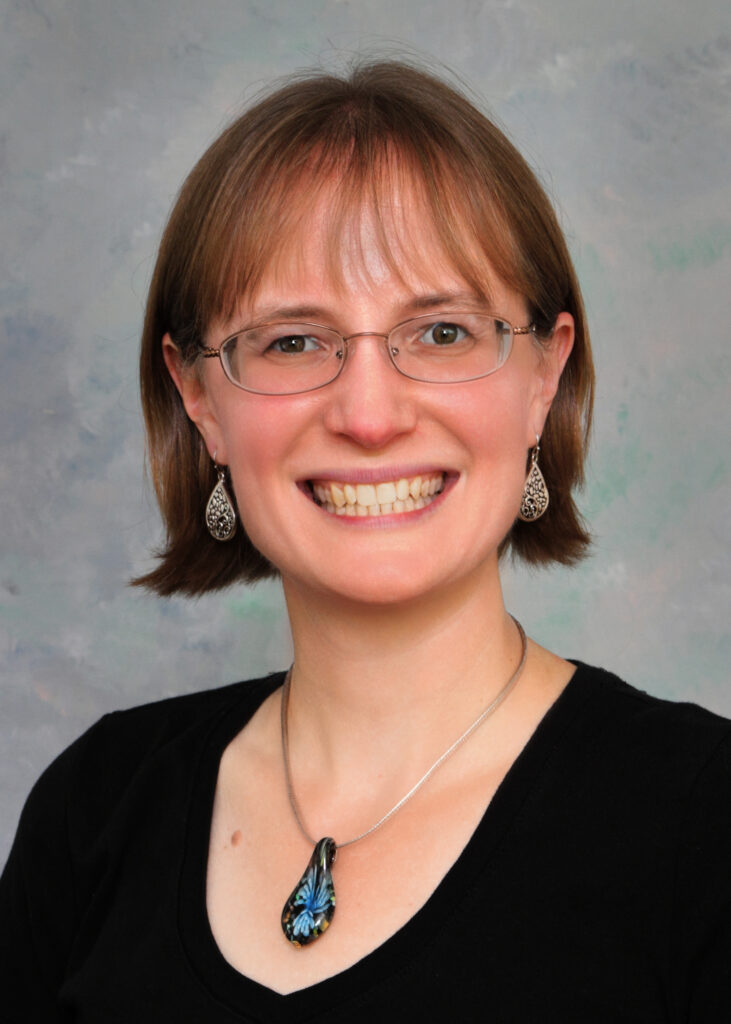
We would like to thank everyone who entered our 2022 Innovation Awards Competition. It is always a pleasure to read and learn about the various ways Golden Helix software is applied around the world as well as the amazing research that is being done. With that said, it is our pleasure to announce this year’s winners!
First Place: Ammar Husami – Cincinnati Children’s Hospital
Novel Super Rare Gene Associations in regards to Neurodevelopment
Ammar is a Senior Bioinformatics Analyst at Cincinnati Children’s Hospital, Ohio, USA. He is a graduate of the University of Cincinnati and is heavily involved in the development of genetic diagnostic devices and bioinformatic algorithms for clinical testing for childhood rare complex diseases.
Ammar is conducting family studies of rare craniofacial developmental disorders done via analysis of trio whole genomes with the goal of detecting super rare variants. He sets up a variant filtering cascade workflow in VarSeq that narrows down to several candidates. Then candidates are inspected manually for evidence. The problem is that de novo mutations are rare, and most of the candidates are false positives. This is a time-consuming process, and Ammar often enjoys finding ways to optimize the workflow.
Please feel free to email Ammar, [email protected], with any questions you may have.
Second Place: Linda Reis – Medical College of Wisconsin
Linda Reis is a Certified Genetic Counselor and Program Manager in the Human Developmental Genetics Laboratory at MCW. Since 2004, she has worked with Dr. Elena Semina to elucidate and better understand the genetic causes of rare ocular disorders. Their research involves variant interpretation, novel gene/pathway analysis, as well as phenotype analysis/expansion for known syndromes. As Program Manager, she oversees the human aspects of the research study and routinely performs analysis of exome and genome sequencing data to identify causative variants in known genes and identify novel genetic factors. Linda serves on multiple ClinGen panels and recently accepted a request to co-chair the Anterior Segment Dysgenesis Variant Curation Expert Panel. She has published extensively in the field with 43 publications to date, including 20 as first author.
Linda and her team are primarily researching developmental ocular disorders, including anterior segment dysgenesis, MAC spectrum (microphthalmia/ anophthalmia/ coloboma), early-onset cataracts or glaucoma, as well as optic nerve phenotypes are severe ocular disorders with a strong genetic component. Specific genetic diagnosis is important to families as it may guide medical management and provides accurate recurrence risk information. Identification of unique variants within known genes as well as novel genetic factors enhances our understanding of normal eye development and disease phenotypes and provides new targets for study in our animal model, zebrafish.
Third Place: Aalaa Ayman Mohammed Khayal – Alexandria University
Aalaa is a Demonstrator at Alexandria University in Egypt. Where the aim of the work is to identify Urtica species available in Egypt on a molecular basis using DNA barcoding and obtaining the phylogenetic relationship among different candidate species: Urtica urens, Urtica dioica, Urtica pilulifera,Urtica fissa.
The Plan of Work:
1- Collecting Urtica sp from different regions in Egypt
2- Order DNA barcode markers Crude extraction from collected Uritca sp
3- DNA barcoding for Urtica collected species
4- Data analysis and Making a phylogenetic relationship among different candidate species
In traditional and modern medicine, nettles are one of the most commonly-used medicinal plants in the world; the most recognized health benefit of using stinging nettles is activity against Benign Prostatic Hyperplasia (BPH), also known as an enlarged prostate, as well as urinary tract infections. Clinical studies suggest that Urtica spp. contain compounds that affect the hormones responsible for BPH. In addition, nettle root extract shows activity against prostate cancer cells. (Sokeland, et al. 2000, Koch,et al 2001). Nettles can help alleviate the symptoms of osteoarthritis and joint pain, typically in the case of hands, knees, hips, and spine. (Christensen et al 2010). Another study conducted by (Klingelhoefer, et al 1999) showed the anti-inflammatory benefits of stinging nettles against autoimmune diseases, such as rheumatoid arthritis. Urtica sp. Possess an anti-histamine and anti-inflammatory properties, so it can be used as a natural component in eczema medications. Infusions of the plant can be used for nasal and menstrual hemorrhage, diabetes, anemia, asthma, hair loss, and to promote lactation. (Khare, et al. 2013).
The importance of the research is to identify Urtica species available in Egypt on a molecular basis using DNA barcoding and insert this data into the Genebank.
I would like to thank everyone who put forward an abstract or their research. We greatly appreciate these contributions. Please join me in congratulating the winners. If you are interested in finding out how VarSeq, SVS, or our other tools can assist in your research, please visit our site for a free trial!



